A Global Survey Of Effects Of Genotype And Environment On Selenium Concentration In Lentils (Lens Culinaris L.): Implications For Nutritional Fortification Strategies

Authors:
Lentils (Lens culinaris L) are an important protein and carbohydrate food, rich in essential dietary components and trace elements. Selenium (Se) is an essential micronutrient for human health. For adults, 55 mu g of daily Se intake is recommended for better health and cancer prevention. Millions of people around the world have Se-deficient diets and biofortification may be an effective solution. The total Se concentration of lentils grown in six major lentil-producing countries were analysed to determine the potential for Se biofortification in these regions. The highest Se concentrations based on location means were found in lentils from Nepal (180 mu g/kg) and southern Australia (148 mu g/kg) while the lowest were those from Syria (22 mu g/kg), Morocco (28 mu g/kg), northwestern USA (26 mu g/kg), and Turkey (47 mu g/kg). Significant location effects within a country were observed for Nepal and Australia. All values were lower than previous published data for Saskatchewan grown lentils (425-672 mu g/kg). Lentils originating from Australia, Nepal, or Canada could be considered good sources of Se, as consumption of 50 g would provide 13-61% of the recommended dietary allowance (RDA). Our findings indicate lentil may be appropriate as a target crop for Se biofortification and investigated as a food-based solution for populations with Se deficiencies. (C) 2010 Elsevier Ltd. All rights reserved.
